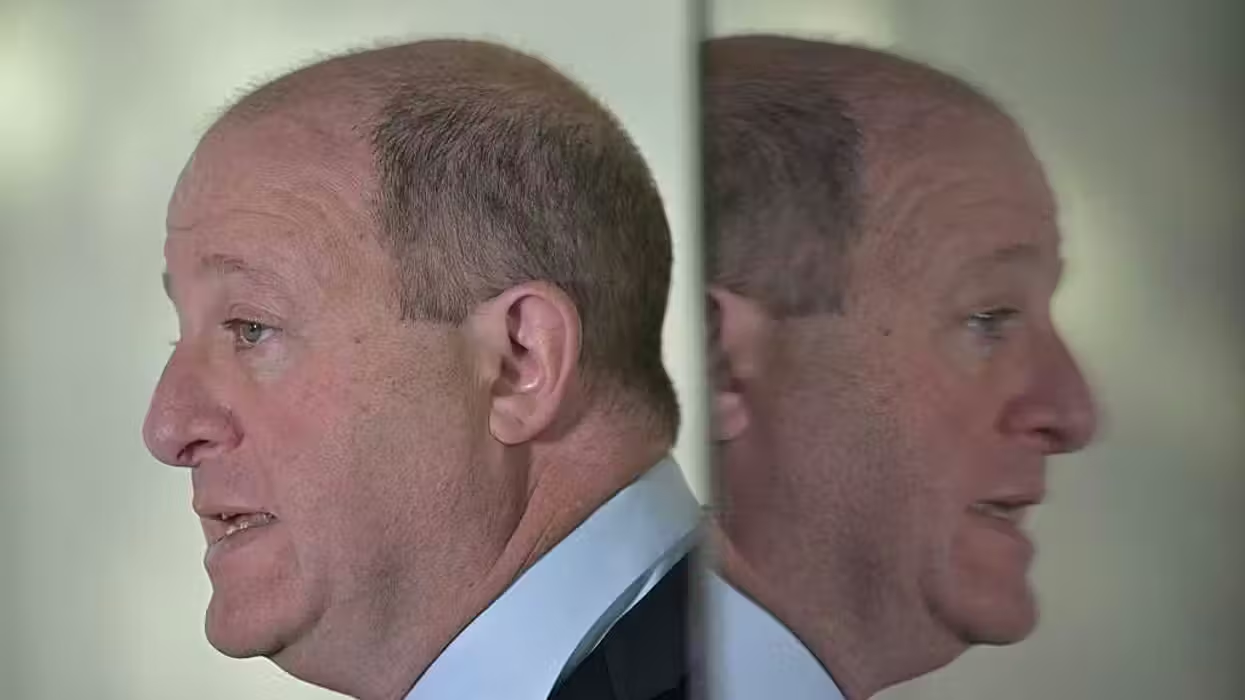The Supreme Court ruled 5-4 on Tuesday that crisis pregnancy centers did not have to advertise places where women could get abortions.
What are the details of this case?
The National Institute of Family and Life Advocates sued the state of California over the Reproductive FACT act.
The Reproductive FACT act was signed into law by Gov. Jerry Brown (D) in October 2015. According to the law, pregnancy resource centers, even those that don't provide medical care, need to prominently display signs that announce:
California has public programs that provide immediate free or low-cost access to comprehensive family planning services (including all FDA-approved methods of contraception), prenatal care, and abortion for eligible women. To determine whether you qualify, contact the county social services office at [insert the telephone number].
These signs need to be “posted in a conspicuous place where individuals wait that may be easily read by those seeking services from the facility.”
California Attorney General Xavier Becerra (D) argued that:
The Reproductive FACT Act ensures that women in California receive accurate information about their health care options, including whether a facility is a licensed medical provider. The California Department of Justice will do everything necessary to protect women’s health care rights.
NIFLA argued that the law violated its First Amendment rights. It said that the law unfairly forced pro-life crisis pregnancy centers to violate their consciences by directing women to places that provided abortions.
During the oral arguments for this case, Justice Samuel Alito commented that the law seemed to be specifically made to target pro-life groups. He argued that while the law was “neutral on its face,” it contained “a lot of crazy exemptions” that may “infer intentional discrimination.”
How did the justices vote?
Clarence Thomas delivered the opinion, joined by Chief Justice John Roberts, Anthony Kennedy, Samuel Alito, and Neil Gorsuch. Stephen Breyer, Ruth Bader Ginsburg, Sonia Sotomayor, and Elena Kagan dissented.
In his majority opinion, Justice Thomas faulted both the district court and the 9th Circuit Court of Appeals for applying an improper standard when evaluating the FACT act, but also stated that the act should not have passed constitutional muster even under the lower standard improperly applied by the courts.
In a concurring opinion, Kennedy argued that the issue in this case had a broader scope than just abortion. He said that the law "imperils" freedom of speech, freedom of thought, and freedom of belief.
He added that:
This law is a paradigmatic example of the serious threat presented when government seeks to impose its own message in the place of individual speech, thought, and expression.
What about the dissenters?
While she ultimately dissented, during the arguments for this case Justice Kagan asked if the FACT act targeted “speakers whose speech we don’t much like.”
Kagan didn't file her own dissenting brief, but she did join in on Breyer's. In his dissent, Breyer argued that there was not “any convincing evidence before us or in the courts below that discrimination was the purpose or the effect of the statute.”







